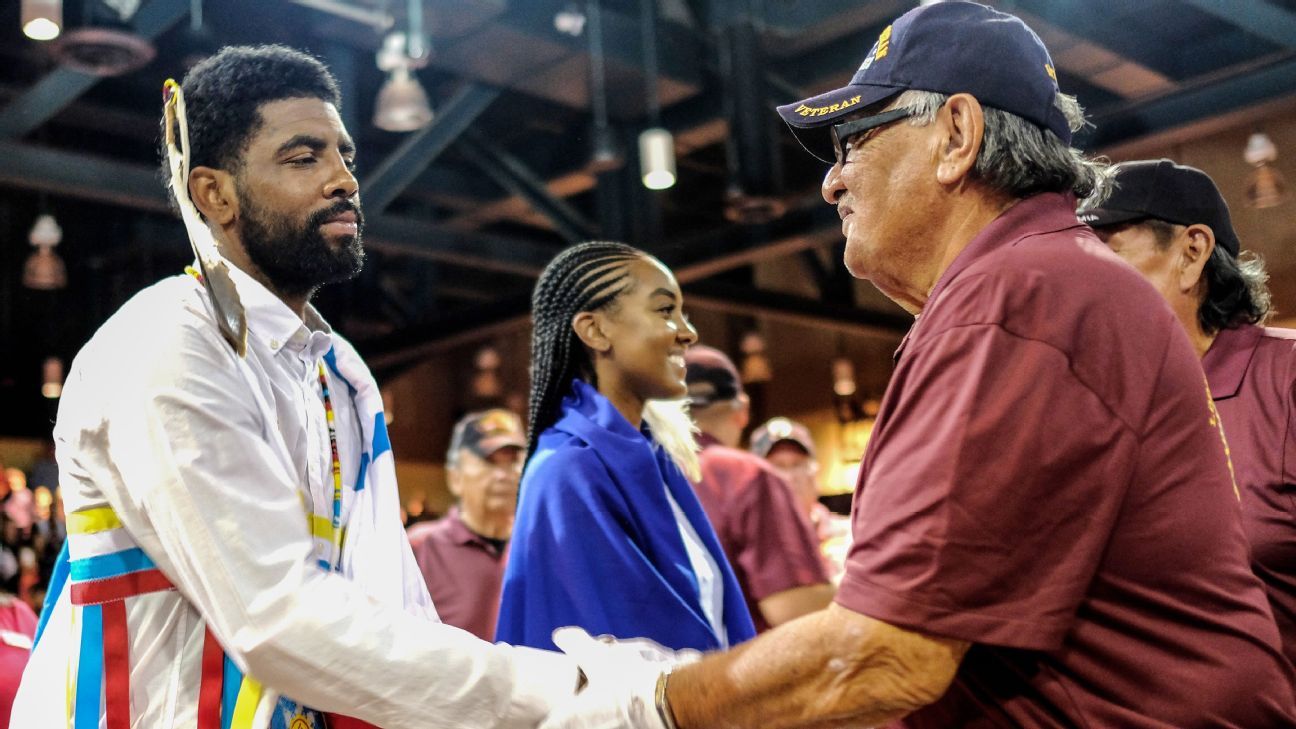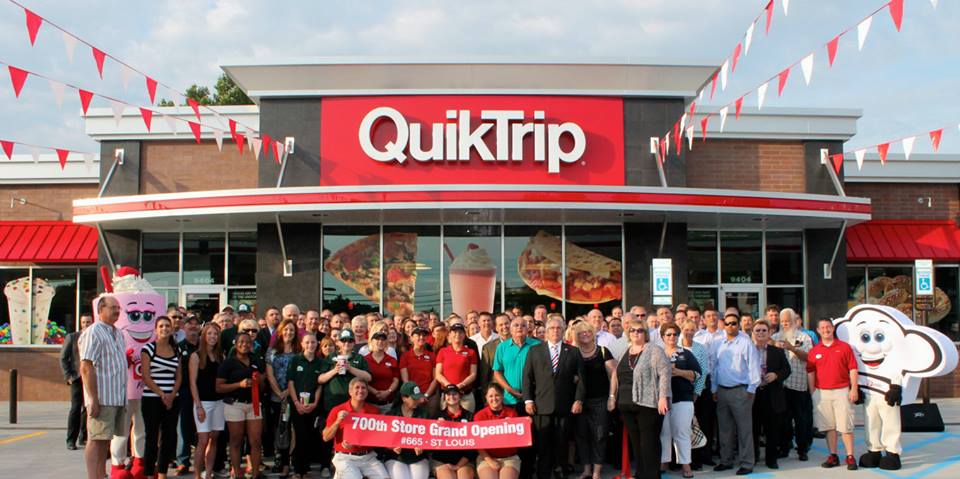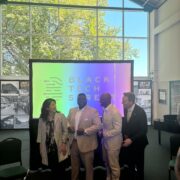
LOCAL & STATE
Ross D. Johnson
Illustration, Adobe Images, The Oklahoma Eagle
This story is the final installation of The Oklahoma Eagle’s “The Children of Oklahoma” three-part series. It follows “Their” and “It Was What People Do,” – in-depth analyses of the state’s commitment-in-action for the safety and care of Oklahoma’s children. In “Their,” The Oklahoma Eagle explored the perceived culture of hate experienced by 2SLGBTQ+ children, fostered by state officials and public figures. “It Was What People Do,” detailed the plight of Harmony Bailey Oates, the daughter of local church pastor Bertheophilus Maurice ‘Judge’ Bailey, alleged to have committed decades-long sexual abuse of his daughter. The Oklahoma Eagle also explored the state’s background check statutes and church policies for reporting and ensuring the safety of church members. The final part of our “The Children of Oklahoma” series will explore how the state, school districts, and churches plan to enact measures of accountability and resolution.

Marvella Hern was the only child of Delbert Murphy and Bernett E. Hern, doted on by both her parents in the small Oklahoma town of Lahoma.
The north-central Oklahoma farm town, located approximately 150 miles west of Owasso, Okla., was home to a population of less than 200 farmers and families in the 1930s. Founded in 1894 after the 1893 land run into the Cherokee Outlet, Lahoma took its name from the last three syllables of the word “Oklahoma.”
The Hern’s tiny home was filled with a love for their daughter, often reflected in their encouragement and support of her academic achievement.
A student of history, Hern developed a respect for Thomas Jefferson, the third U.S. president, statesman, and founder of the University of Virginia. The first female at Enid High to be elected president of the student body, Hern charted an academic course which she hoped would lead her to study at the Charlottesville, Virginia campus upon graduation.
“Women need not apply,” the university said in 1951, denying Hern an opportunity earned, an acknowledgement of her earnestness, a dream held at a distance for no greater rationale than her gender.
The small-town daughter of Oklahoma instead attended Oklahoma State University in Stillwater, Okla. In 1951, she defeated her future husband, Birch Bayh, in a national “outstanding young orator” competition sponsored by the National Farm Bureau. She completed her degree in education at Indiana University in 1960.
Hern’s life, her childhood experiences of trials and accomplishments and the academic achievements of young women in general were often subjects of conversation with her husband, Bayh. He served as the U.S. senator from Indiana from 1963 – 81.
“My father thought it was just an injustice that my mother hadn’t gotten to attend Virginia,” Evan Bayh said. ”He would say, ‘It ought to be based on merit and character. We ought to try to level the playing field in life.'”
Most young women seeking degree-specific programs at UVA suffered the same kind of discrimination that Marvella experienced. Mary-Cooke Branch Munford, an advocate of woman suffrage and interracial cooperation, lobbied the university to establish a co-ordinate women’s college in 1910. Munford’s effort, although endorsed by UVA faculty, would fail to pass the Virginia legislature in 1911.
The university would reluctantly evolve its gender discrimination policies throughout the decades that followed. It first established a co-ordinate women’s college 70 miles away from the main campus (Mary Washington College in Fredericksburg, Virginia). Later it limited disciplines of study (Education and Nursing); and enrollment in the College of Arts & Sciences, until full coeducation in the fall of 1972.

Sen. Bayh authored Title IX of the Higher Education Act of 1965, a landmark federal civil rights law in the United States that was enacted as part (Title IX) of the Education Amendments of 1972. The statute prohibits sex-based discrimination in any school or any other education program that receives funding from the federal government. Title IX of the Educational Amendments of 1972 possessed an explicit prohibition against gender discrimination in higher education, an update to Title VII of the Civil Rights Act of 1964, which banned several forms of discrimination in employment, but did not address discrimination in education.
Title IX protections provided little to no guard against the sexual advancements by predacious educators, taunts by peers, threats of violence, physical attacks by students and failed reporting at Owasso High School officials (Owasso, Okla.) during the last several years, according to a U.S. Department of Education Office for Civil Rights (OCR) investigation report published on Wednesday, Nov. 13.
OCR’s findings were explicit, highlighting that the Owasso school district “violated the operative Title IX regulations” by: (1) failing to respond to notices that students, including Student A [The student’s name was redacted. An assumed reference to Nex Benedict], were subjected to sexual harassment; (2) not adopting a grievance process that contains the basic requirements; and (3) not fulfilling the District’s Title IX recordkeeping obligations.
The accountable
Owasso Public Schools parents appear to maintain an active trust of school officials, educators and staff.
Concerns about school curriculum, academic performance, environment and child safety possess equal weight and significance, no one greater than the other, as parents understand that a highly functional institution employs policies and people committed to their child’s future success.
Their active trust is realized through inquiries about the academic performance and safety of sons and daughters.
The Owasso Public Schools district’s superintendent was the champion of the interests of parents and guardians.
The superintendent’s role was to ensure an environment of free and appropriate public education (FAPE).
OPS consists of 13 schools, including ten elementary schools, two middle schools, and one high school—Owasso High School (the High School). In the 2023–2024 school year, the District enrolled 9,802 students, including 2,986 students at the High School.
If a parent or guardian inquired about which OPS officials were responsible for fielding complaints and advancing investigations into alleged sexual harassment or assault, a prompt and explicit response was expected.
The school district, according to OCR’s Resolution Letter, “has two dedicated staff members who are responsible for coordinating the District’s obligations under Title IX: the Title IX Coordinator and the Title IX Investigator.”
The identities of those OPS Title IX dedicated resources were not explicitly offered in the Resolution Letter, however, their administrative roles were specified.
Owasso informed OCR that its Assistant Superintendent for Teaching & Learning served as the Title IX Coordinator and its Director of Human Resources (HR Director) as the Title IX Investigator.
Lacking “confidence” in his ability to properly determine “whether a matter implicates Title IX,” the Coordinator (Assistant Superintendent for Teaching & Learning) informed OCR that he relies upon consultation with an “outside attorney.”
OCR’s investigation revealed no specific expertise of the “outside attorney.” Nor did it indicate whether the noted legal consultation was limited to a single attorney, if the advice given was subject to additional scrutiny, or if the legal professional(s) served the district in other related capacities.
The Title IX Coordinator indicated that he “perceived” the outside attorney “as an expert when issues arise that may constitute sex discrimination, including sexual harassment.”
OPS Title IX officials, according to OCR, and interview responses, were not consistently clear about their assigned roles of protection and policy enforcement. The HR Director, contrary to provided data responses and interviews with the OPS Superintendent, “maintained” that she is not the Title IX Investigator, and further, that the role does not exists in the OPS District, although she “served in that capacity in one of the District’s two Title IX investigations.”
A broader uncertainly about Title IX roles was revealed through interviews with multiple district staff members, who shared that they could not identify the Title IX Coordinator, although they participated in annual Title IX training from the district.
What is clear is that the OPS district maintains two governing policies, Policy 1.22 (grievance procedures) and 1.45 (“Discrimination, Harassment, and Retaliation”). The policies explicitly define and prohibit sexual harassment, discrimination and retaliatory actions. Should school districts find themselves challenged by the defined scope of sexual harassment, Policy 1.22 further notes that it “may occur between persons of the same gender or sex.”

The Investigations
Kelley Robinson, president of the Washington-DC based Human Rights Campaign (HRC), the nation’s largest lesbian, gay, bisexual, transgender, and queer (LGBTQ+) civil rights organization, petitioned to begin an investigation “on the circumstances leading to the death of Nex Benedict,” on February 8, 2024.
The Oklahoma Eagle, in response to a summary report issued by the Oklahoma Medical Examiner, published an analysis describing the circumstances of Benedict’s death as “the person for whom so much love was shared, endured years of bullying, torment, public ridicule, state-backed efforts to restrict their narratives from being shared, fear mongering, and a general culture of hate.” The Eagle’s reporting, beyond news analysis, offered readers insight into the Oklahoma 2Spirit communities, explored the unanswered questions surrounding Benedict’s death, and the state’s challenging socio-political culture.
OCR’s investigation surfaced concerns about how OPS responded to the circumstances surrounding Benedict and the district’s Title IX general practices. For parents and guardians of OPS district students, as well as HRC, the revelations were far less surprising, but more a validation of suspected failed practices.
OPS policies and procedures, according to OCR’s report, failed “to contain the basic requirements of a grievance process for complaints of sexual harassment as required under the 2020 Title IX regulations.”
The identity of the OPS district school, students, staff and faculty noted in the OCR investigation report were appropriately redacted, given the age of students and due process afforded to those accused of wrongdoing.
“This incident does not reach the threshold required to constitute a Title IX violation,” read OPS’s formal Title IX determination on June 6, 2024. Specifying a lack of witnesses to corroborate the allegations of harassment by Student H (male) against Student I (male), OPS’s decision only offered the student’s parents a right to appeal its decision.
“Fag,” “faggot,” and “little bitch,” as alleged by Student H, and attested to by Student H’s mother, were a routine litany of verbal assaults throughout the course of the school year.
The Superintendent, during the OCR investigation, characterized the alleged conduct of Student I as a “bantering statement”, reducing the matter to a he-said/she-said allegation.
Student H, a member of the LGBTQ+ community, was initially moved to another class, following the out-of-school suspension of Student I, a decision made by the school’s Assistant Principal (Assistant Principal A).
Any rapport established between Student I and the class educator, classmates, or adopted instruction pace for the course, shifted. The decision by Principal A to remove Student H from their class may have been perceived as constructive, but the impact of such decisions may also possess a compounding affect, whereas both the accuser and accused must be subject to corrective action.
Voicing her concerns before the OPS school board, and during a least one discussion shared with the Superintendent, Student H’s mother was a vocal champion of her son’s sense of safety and wellbeing. A central point of her frustrations was that uprooting Student H from class did not serve as an end to their family’s trial, describing the act as “victim shaming.”
The District’ final Title IX determination was not simply limited to the scope of alleged harassment and justification of the Assistant Principal’s suspension order. District officials also assumed a posture of assessing the emotional impact of the alleged incidents to Student H and their mother.
“Student H was less affected by the alleged conduct than his mother,” asserted the District’s final Title IX determination.
Offering no objective evidence to qualify the assertion, or independent support services for Student H or their family to properly assess the full impact of the alleged incidents, the District regarded a mother’s plight for a just outcome as sufficient justification to center her as the most aggrieved.
The intent of the District, by shifting the focus towards Student H’s mother, was not made clear in the final determination, although doing so now broadens the narrative and effectively draws attention away from the fear described by the reporting student, the uncertainty of potential retaliation and the sense of social isolation.
Reported sexual harassment bullying was not uncommon within the Owasso Public School district, as revealed in 60 reported incidents during the 2021–22, 2022–23, and 2023–24 school years. During this period reports varied in application, however, the sexual nature of each was consistent, included:
- Grooming of a high school student (Student O) by a teacher (Teacher D);
- Verbal sexual harassment of an elementary school student (Student F) by a classmate (referencing an act of sodomy);
- Verbal sexual harassment and the physical assault of an elementary student at school and on the bus (Student E);
- Verbal sexual harassment and the physical assault of an elementary student (Student D) that led to the student missing school and altering their daily routine to avoid further bullying;
Of the 60 reported incidents through the District’s “Stop Bullying” platform, 24 were identified conduct that “could constitute sexual harassment,” according to OCR.
Although the Owasso Public Schools “Stop Bullying” website landing page defines what constitutes bullying, and provides guidance for reporting incidences, no information is immediately available that clearly offers parents/guardians insight into the investigative process, factors considered by Title IX staff or when they should expect a decision from district officials (Superintendent).
While the mechanism for reporting bullying is available, parents/guardians must rely upon Title IX staff for timely and substantive engagement, accurate record-keeping, information sharing and fostering a culture of accountability.
The District’s frequent breaks in process, lack of clarity of staff roles, and poor transparency were consistent themes throughout the OCR investigation report. OPS staff, when engaged by the Department of Education, seldom provided the full spectrum of documentation, from initial report to Title IX artifacts. Instead, staff often admitted possessing a partial memory of events, some available documentation, and/or no record of fully insightful discussions with parents/guardians.
A persistent lack of recall by the District’s Title IX Coordinator was a common response to OCR inquiries about the 24 reported incidents. When asked if reports filed after assuming his role, on July 1, 2022, were assessed for potential Title IX issues, the Coordinator could not recall “any of the reports or whether those steps were taken.”
When asked by OCR to provide all documents related to bullying reports noted earlier (Students D, Student E and Student F), OPS advised that no documentation was available for the report related to Student F.
OPS diligence for Student D and Student E was limited to a building level investigation, employing no formal Title IX approach. The District acknowledged that it documented its inability to substantiate the allegations of Student D, and that no supportive measures were advanced. For parents/guardians of Student D the District’s records show no indication that the process for filing a Title IX complaint were explained, thus the alternate course to address their child’s allegations, if not known, was untapped.
For Student E, the District did substantiate their allegation, finding that “Bullying or Harassment was verified,” however, sexual harassment was not formally determined. Although the student found to have harassed Student E was suspended, received counseling, a student contract and a change in class schedule, the District’s records reflect the same failure to inform their parents/guardians about the Title IX complaint process.
Beyond the incidents detailed by OCR, a daily fear of sexual harassment and assault was candidly shared by Alice Hartzke, 13, an Owasso 8th Grade Center student.
“I just try to ignore them… I do as much as I can to try to stop them. I tell them to just leave them alone,” Hartzke said during an interview with 2 News Oklahoma in September 2024, months after the Nex Benedict suicide.
Frustrated by the District’s response to his complaints, Adam, April’s dad, reached out to 2 News Oklahoma twice this year, in hope of shedding light on a culture that torments young children of Owasso.
“They have people telling their clique the suicide squad because, according to these kids, that’s exactly what my daughter and her friends need to do,” said Adam,
The school’s response to April was similar to OPS Superintendent’s characterization of reported verbal harassment incidents documented by OCR, dismissive. “Then they call your daughter into the office and tell her they can’t control what the students in that building say and that she would be better off ignoring it,” said Adam.
The Hartzke family, and those identified in the OCR report, sought more than the suspension of offending students or media attention.
Parents and guardians of Oklahoma’s children, and Owasso Public Schools students, invest a profound trust in staff and administration, to create a safe environment for learning. When that trust is broken, by repeated failures to protect against sexual harassment and violent assaults, they must live with the daily uncertainty of returning home.
Suspension is only one step in the process of accountability.
OPS administrators and staff are further accountable to students, who innocently pursue their education, discover identity and build lasting relationships that help shape their futures.
The Department of Education, Office of Civil Rights investigation report reveals what may objectively be described as systemic OPS failures. Accountability, and most significantly, corrective actions, are a concern that fully occupies the minds and hearts of parents, guardians and students throughout the District.
OCR has proposed, and the District has entered into, a Voluntary Resolution Agreement, to address policy and personnel failures, and will be the subject of diligent reporting in the next part of The Oklahoma Eagle’s “The Children of Oklahoma” series.










